Living without plastic | Part 4: going global and fighting plastic fashion
Nearly three weeks in to Rosie Paterson's plastic-free life, she's realising that the challenge will have consequences that reach far beyond the fridge.


It is a truth universally acknowledged that a holiday makes everything better. Unless said holiday involves a ten-hour flight sans plastic.
After a terse few days, repeatedly scouring the Heathrow Airport website for any information on bringing food through security, I’m whipping up a batch of ridiculously healthy coconut and apricot bars to munch on the plane.
A mere 12 hours later I’m sitting on the aforementioned plane – bound for Vancouver, Canada, and ultimately the slopes in Whistler – clutching the bars, my beloved water bottle (smuggled, empty, through the gate and then filled up) and a bag of raw chocolate-covered almonds (much more delicious than they sound).
The latter, according to the shop cashier, make a fantastic meal substitute — I smile politely and neglect to add that my idea of a meal includes multiple courses and non-vegan food groups. Frankly, I’m worried that I might faint from hunger somewhere over the Atlantic.
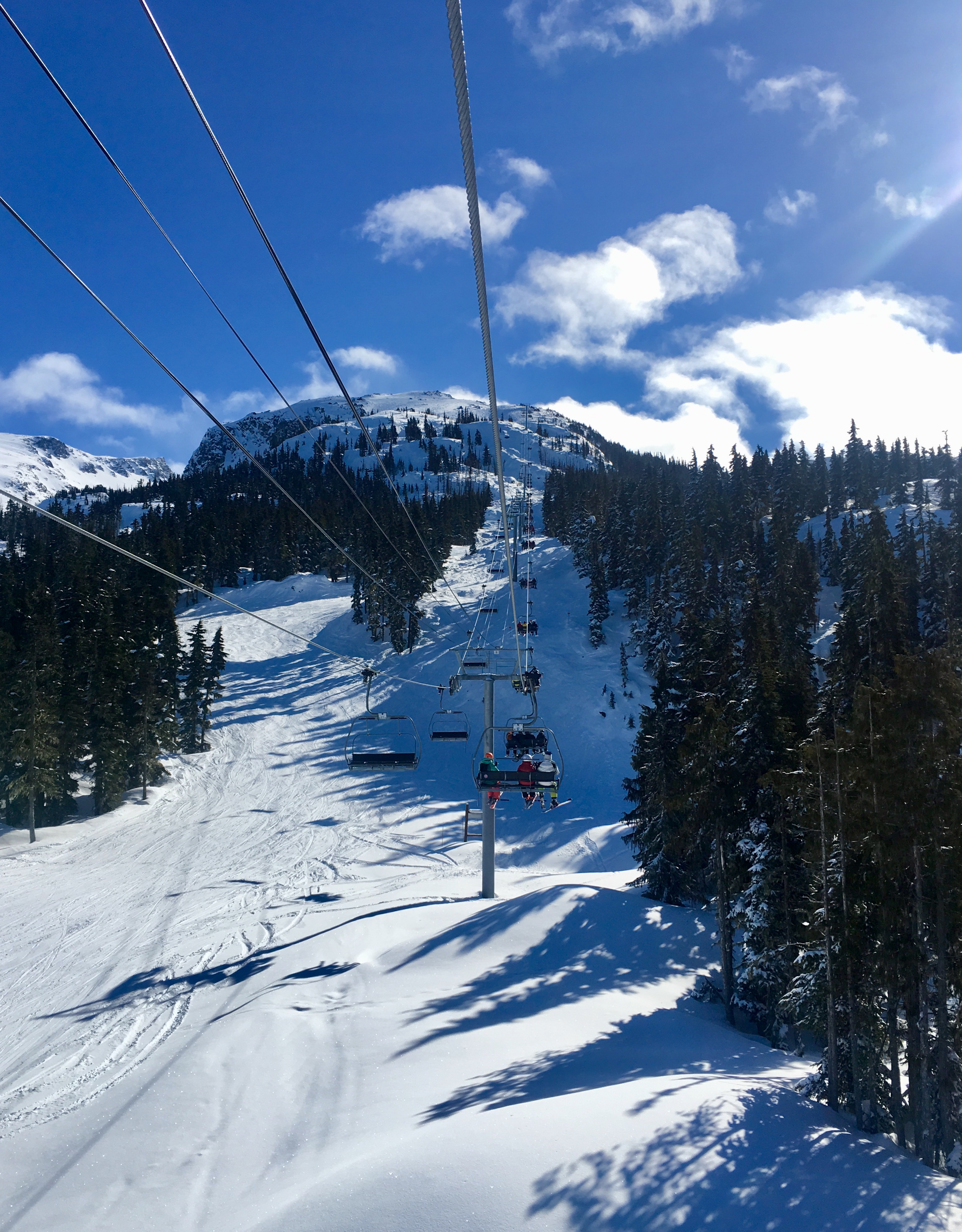
Once in Whistler the whole exercise becomes a little easier. This is potentially because I turn a blind eye to the fact that my boots and skis definitely contain some sort of plastic, that the hotel toiletries (Le Labo) are definitely packaged in plastic and that the plastic water cups provided next to public water dispensers are, well, plastic.
To give the village it’s deserved due, the majority of these cups, and the locally prepared food packaging, are made from compostable plastic materials – something that exists in Britain, but isn't yet widespread.
24 hours before departure I’m sat in an emergency physio appointment, begging the practitioner to iron out a hideous knot in my shoulder. He doesn’t sympathise with my short-term concerns – ‘I must be able to ski by tomorrow’ – insisting instead that I concentrate on rowing for a minimum of ten minutes every time I frequent the gym, to build up strength in my upper back, and invest in a backpack.
Exquisite houses, the beauty of Nature, and how to get the most from your life, straight to your inbox.
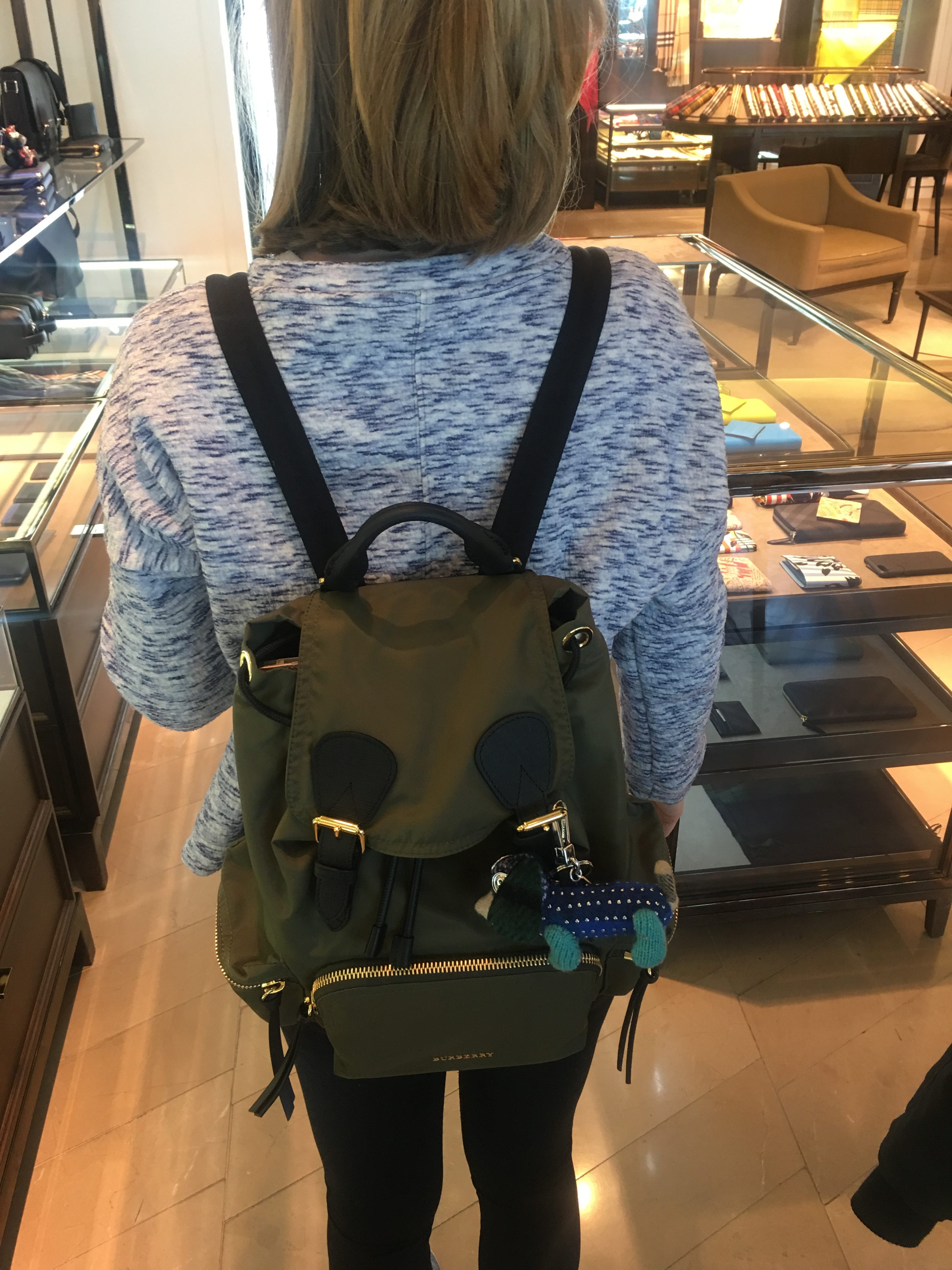
I recount this ‘prescription’ in a phone call to my mother, from the Burberry store in Heathrow Terminal 2, which happens to stock a this season khaki green, gabardine backpack for a discounted £750. Yes, discounted.
I’m edging towards the till and silently apologising to my credit card when a feeling akin to panic begins to pool in the pit of my stomach. ‘Does this backpack (by this time I’ve already removed the stuffing and popped my laptop inside) contain any plastic?’ The shop assistant, completely baffled by this point, cannot be sure.
So much has been said about the plastic we package our food in – and rightly so – but what about the plastic that we wear? Take polyester, for example, once the preserve of sweat-inducing 1970’s suits, but now a garment fabric staple. It's also a polymer. The most common variety? The tongue twister polyethylene terephthalate. (Remember those plastic bottles? Persistent aren’t they.)
Although no more environmentally unfriendly to produce than farming cotton, which also takes up a large amount of finite space, recent studies conducted by the University of California found that an alarming number of tiny fibres from synthetic fabrics are polluting oceans, rivers and water supplies.
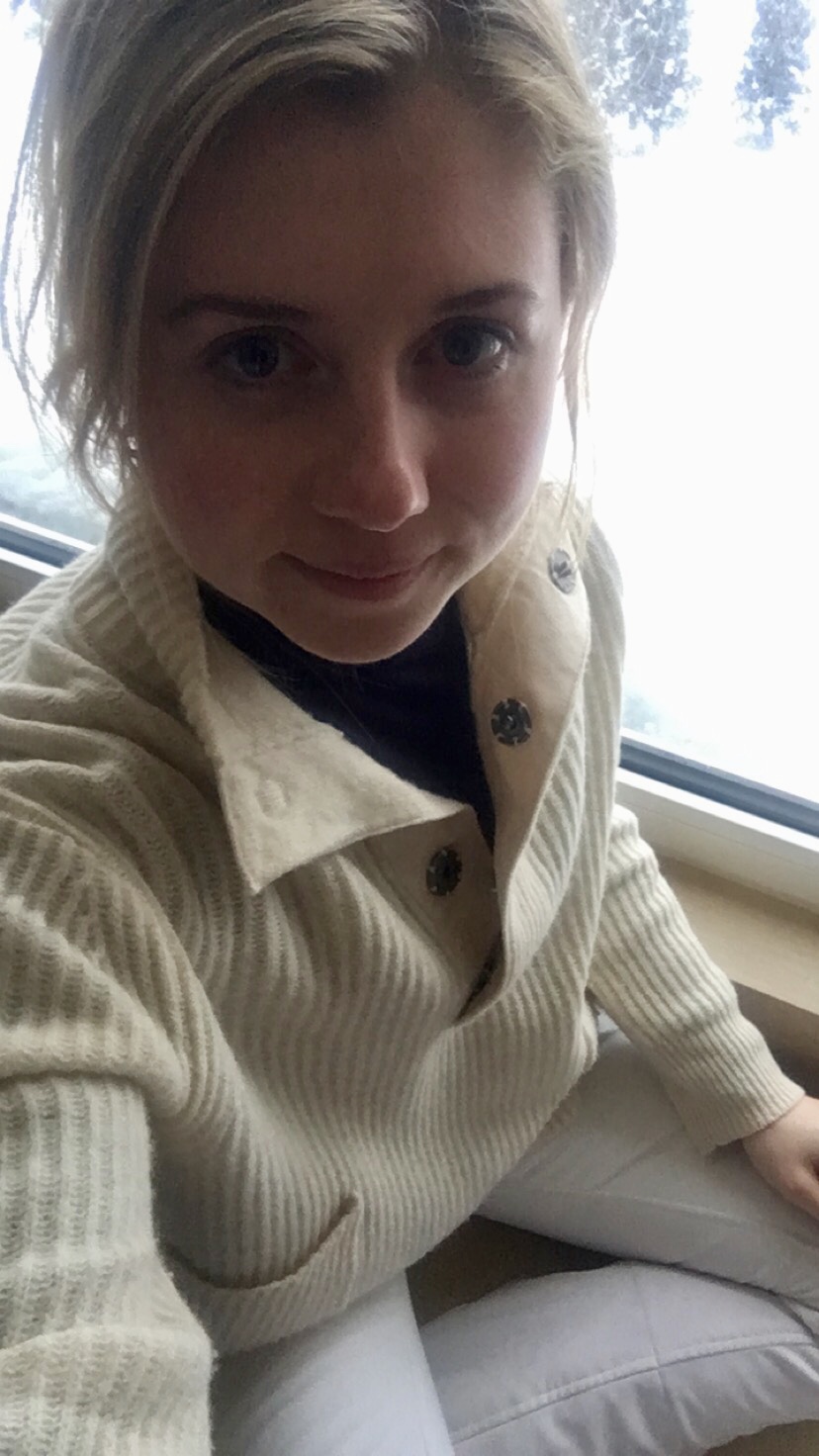
According to the same study, a synthetic fleece jacket sheds 1.7grams of microfibres in every wash – 40% of which travel through your local wastewater treatment plant and out into the surrounding aqua-environments.
Worryingly the longer plastic pieces and fibres remain in the water (fresh, salt or otherwise) the more cancer, hormone-disrupting and diabetes-causing chemicals they attract. And we all know by now – but maybe it’s worth hammering it home a little more – that this plastic then enters the fish we eat, the water we drink and the salt that we use to season our food.
It is a huge shame then that in the face of all of this research and media attention, leading fashion houses showcased such large quantities of the material on their Spring Summer 2018 catwalks. From raincoats, re-imagined in transparent PVC to vinyl booties and bags, plastic fashion is 2018’s biggest trend.
It’s not one that we should aim to follow.
You can follow Rosie’s progress every Friday at www.countrylife.co.uk, and here – she’s also on Instagram at @rosielkpaterson
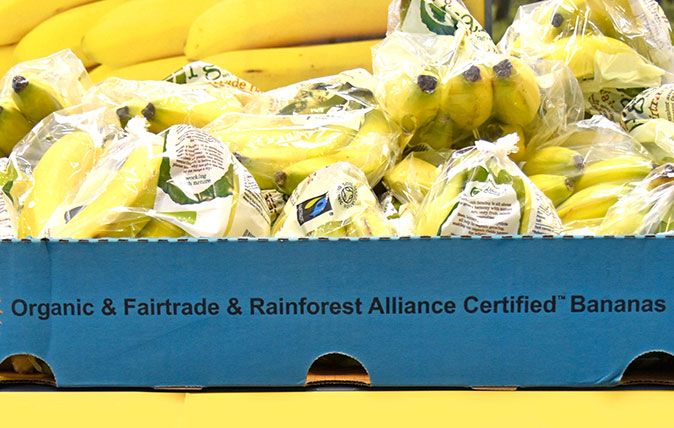
Living without plastic | Part 3: Taking aim at the supermarkets
Each year, Country Life's Rosie Paterson issues herself a challenge for Lent. This year she's attempting to give up plastic

Living without plastic | Part 2: A plan of plastic-free action
Each year, Country Life's Rosie Paterson issues herself a challenge for Lent. This year she's really got her work cut

Credit: Alamy
Living without plastic: The start of a 40-day, very 21st century challenge
Save
Save
Rosie is Country Life's Digital Content Director & Travel Editor. She joined the team in July 2014 — following a brief stint in the art world. In 2022, she edited the magazine's special Queen's Platinum Jubilee issue and coordinated Country Life's own 125 birthday celebrations. She has also been invited to judge a travel media award and chaired live discussions on the London property market, sustainability and luxury travel trends. Rosie studied Art History at university and, beyond Country Life, has written for Mr & Mrs Smith and The Gentleman's Journal, among others. The rest of the office likes to joke that she splits her time between Claridge’s, Devon and the Maldives.
-
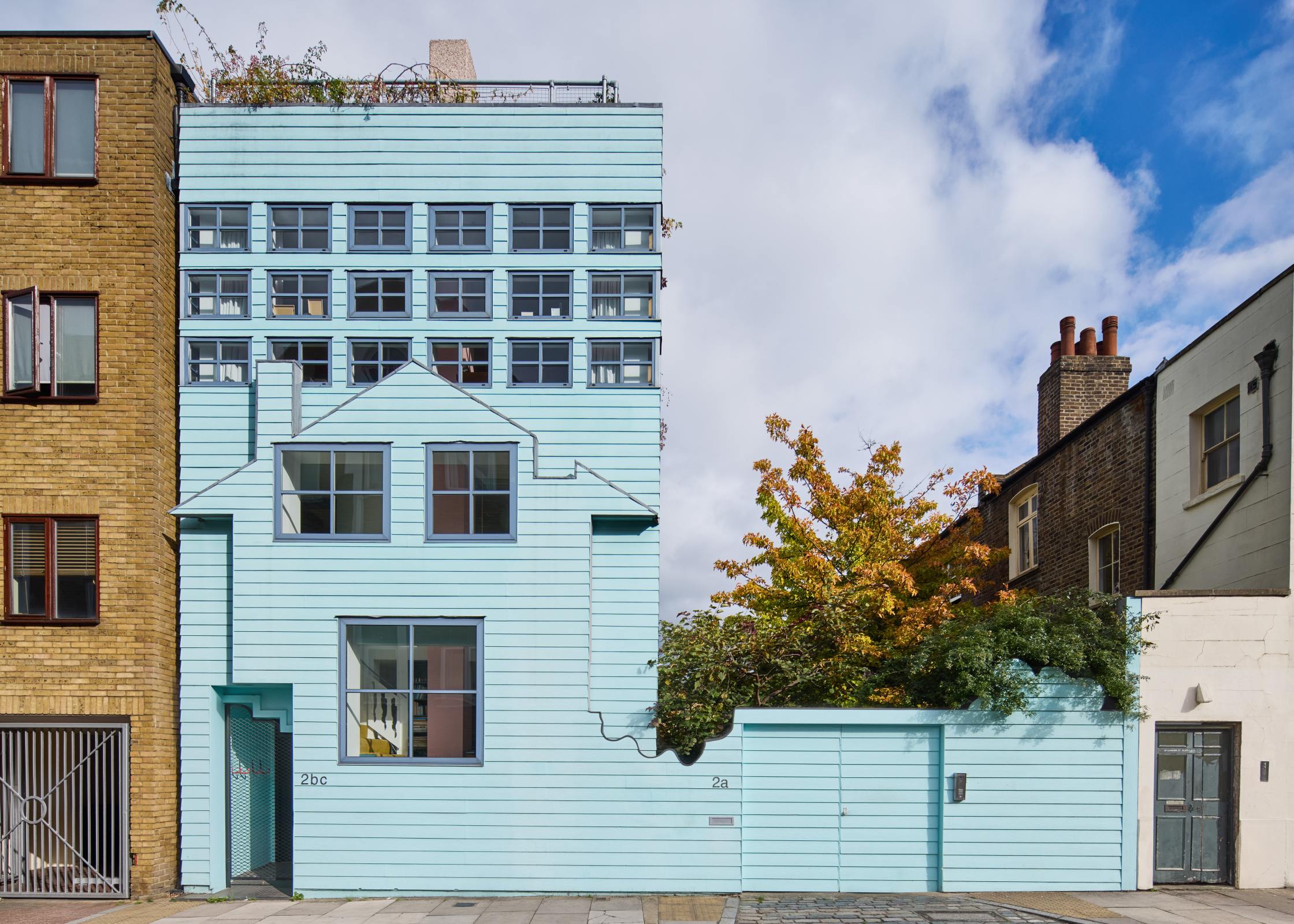 This house in glorious technicolour is the perfect antidote for the grey days of a British winter — so why don't more of us live in brightly coloured homes?
This house in glorious technicolour is the perfect antidote for the grey days of a British winter — so why don't more of us live in brightly coloured homes?It's not often that you see a home sporting the colour palette that you'd get if you hired a four-year old as your interior designer. But why not? The Blue House in Bethnal Green asks this and many more questions.
-
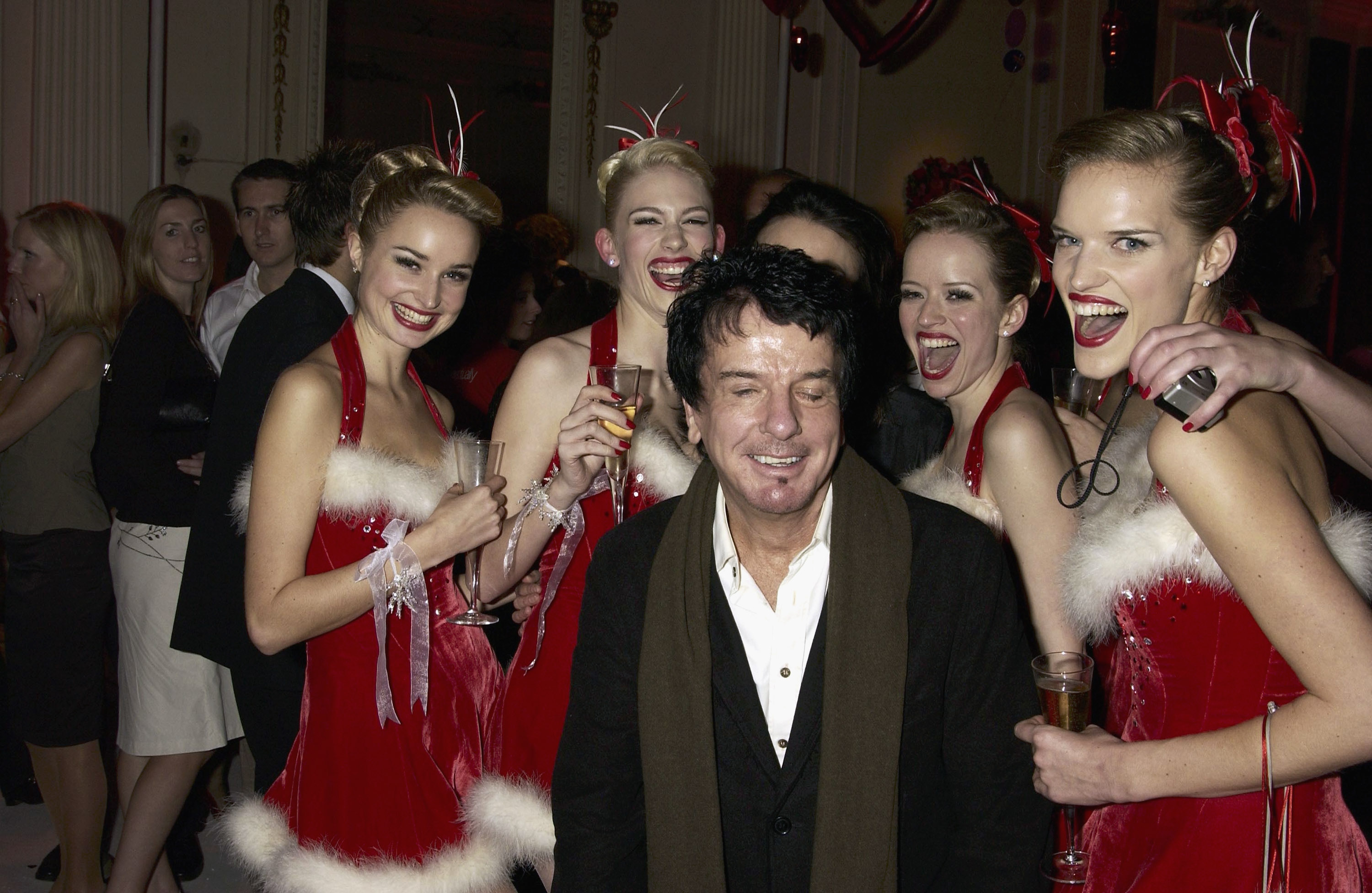 How common are you according to Nicky Haslam? Take our quiz
How common are you according to Nicky Haslam? Take our quizToday's quiz takes a detailed look at Nicky Haslam's annual list of things he finds common, and sells on a Christmas tea towel for £50.
-
 If chess is 'the supreme board game', then it deserves to be played on boards like these
If chess is 'the supreme board game', then it deserves to be played on boards like theseChess sets and backgammon boards are a familiar sight on drawing-room tables, but one expert Highland woodworker is refashioning their forms in beautiful new ways.
-
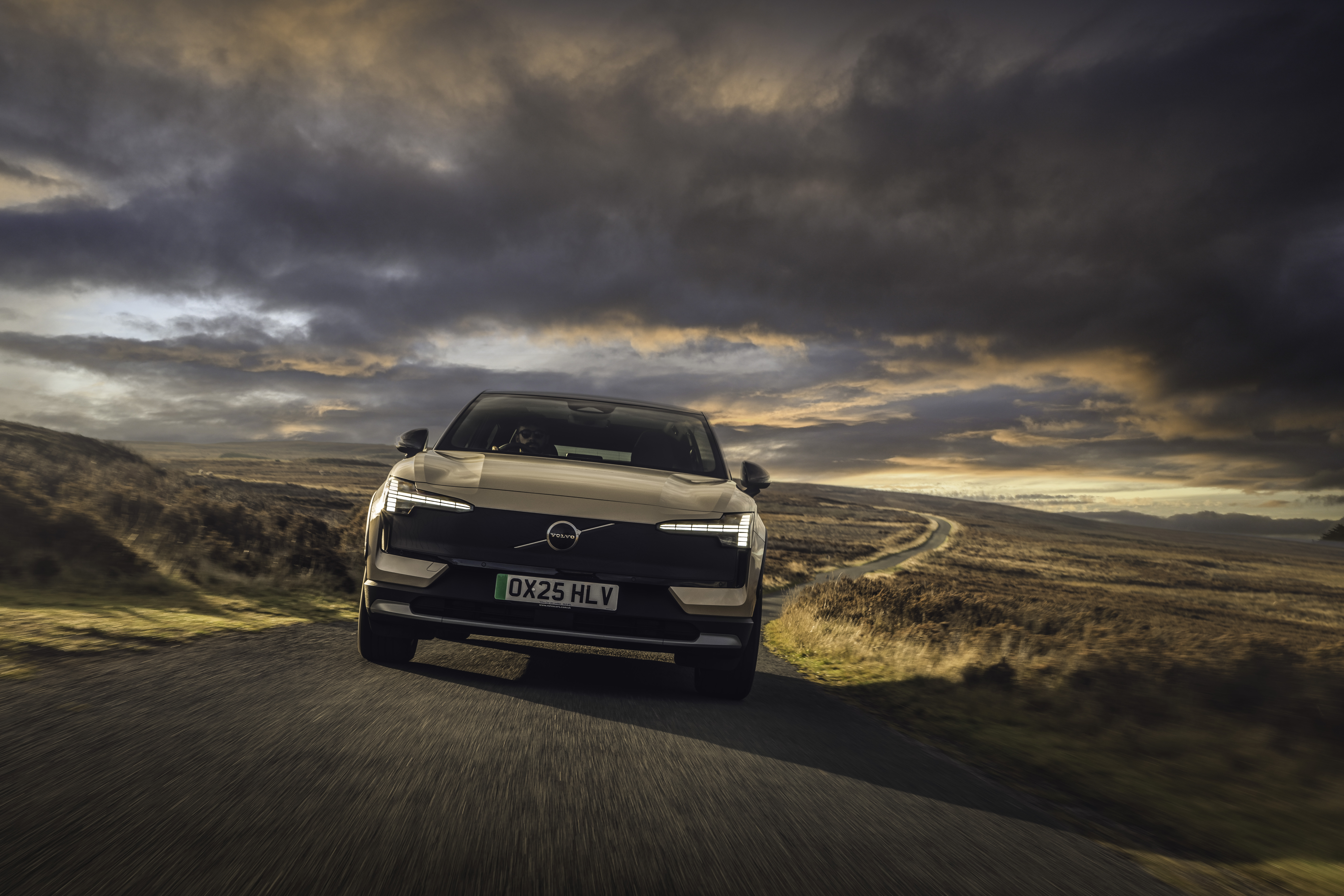 A slick looking off-roader that's a far cry from its rustic rural roots — Volvo EX30 Cross Country
A slick looking off-roader that's a far cry from its rustic rural roots — Volvo EX30 Cross CountryThe latest iteration of Volvo's Cross Country is flashy, fast and stylish. But is that what a Volvo Cross Country is supposed to be?
-
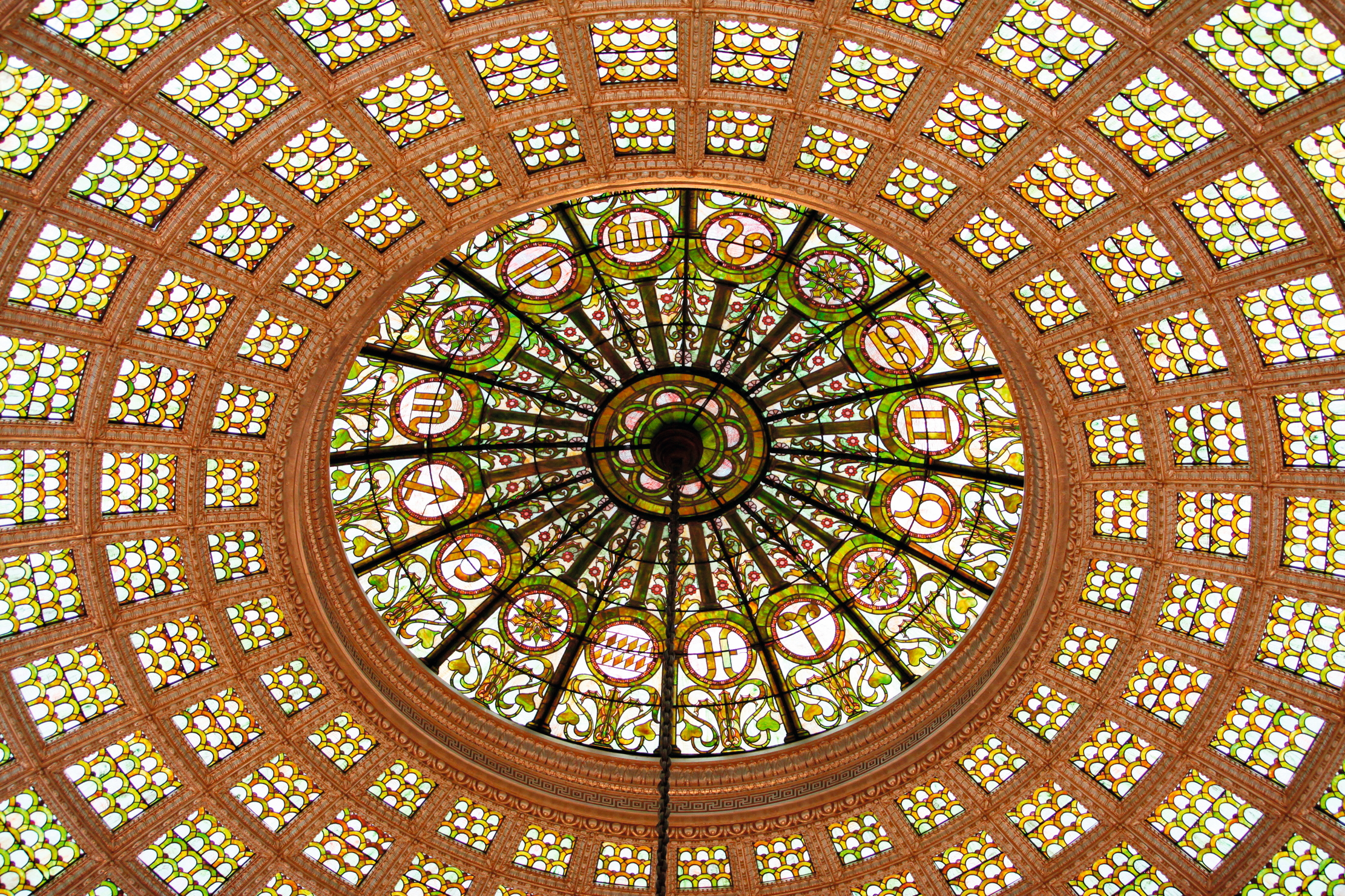 'Gems of enflamed transparencies, of bottomless blues, of congealed opals': Why glass was perfect for the elemental experimentalism of Art Nouveau
'Gems of enflamed transparencies, of bottomless blues, of congealed opals': Why glass was perfect for the elemental experimentalism of Art NouveauArt Nouveau masters such as Louis Comfort Tiffany and Émile Gallé turned the most fragile of materials into iridescent masterpieces that shimmered like seashells or glittered like Byzantine mosaics.
-
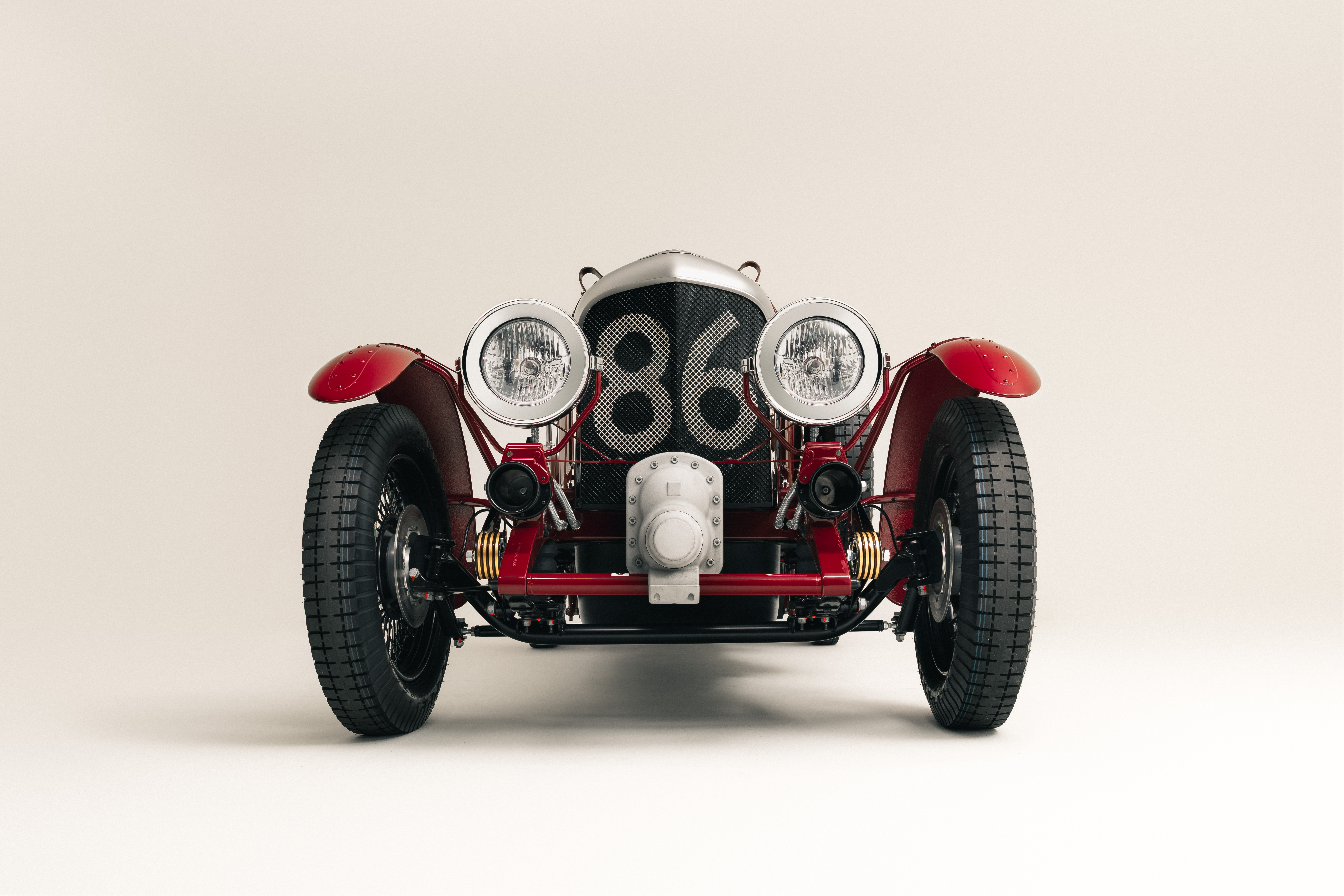 Why you absolutely need an electric Bentley Blower furnished with Russian reindeer leather
Why you absolutely need an electric Bentley Blower furnished with Russian reindeer leatherA collaboration between Hedley Studios and The King's shoemaker George Cleverley has produced something rather remarkable. Jeremy Taylor goes for a drive.
-
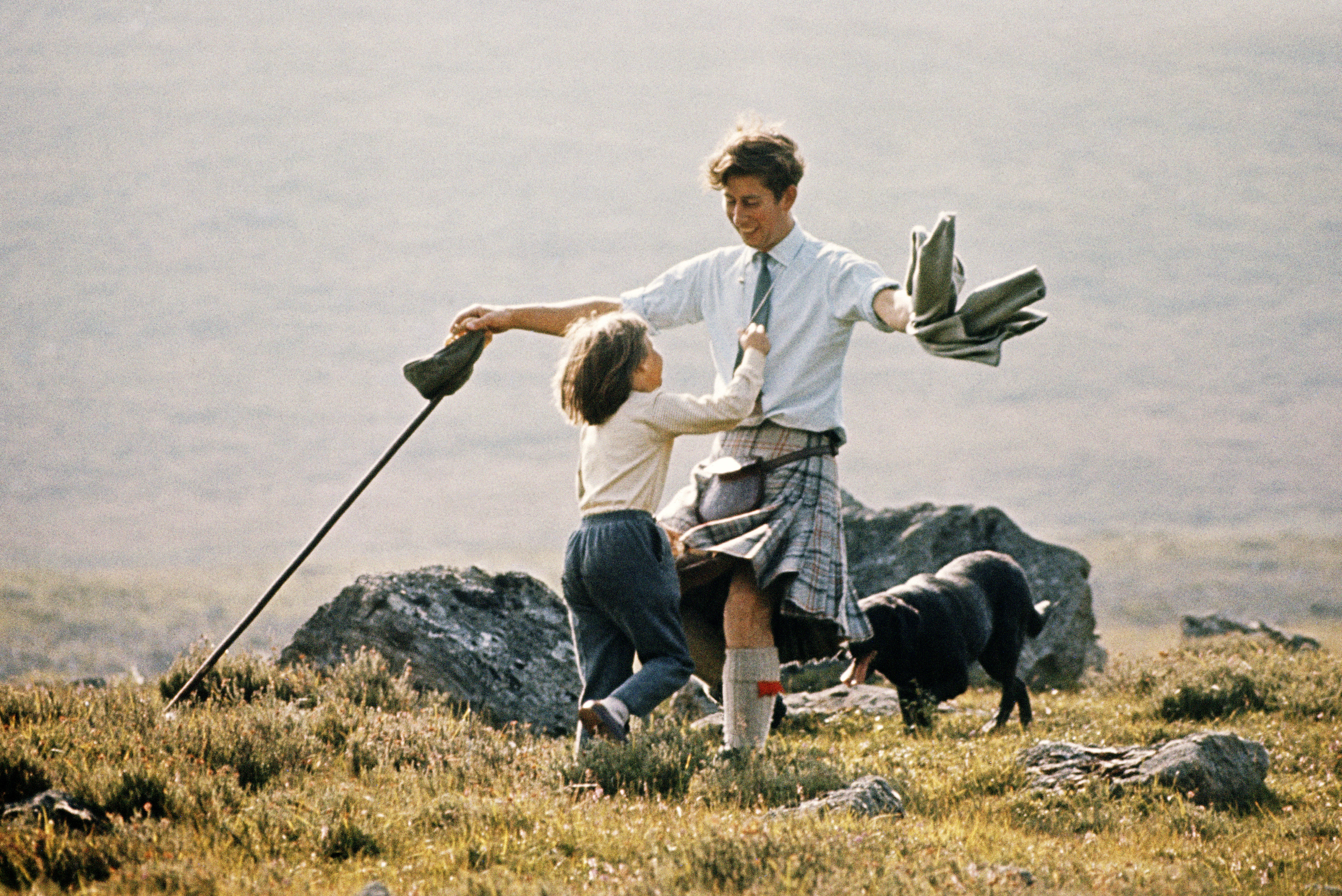 Kilt status: A history of the iconic Scottish skirt, from wartime wrap to punk protest
Kilt status: A history of the iconic Scottish skirt, from wartime wrap to punk protestEverything you need to know about the kilt — apart from what to wear underneath one.
-
 The Glovebox: Return of the Bentley Supersports, the ultimate rural Range Rover and the car collection fit for The King
The Glovebox: Return of the Bentley Supersports, the ultimate rural Range Rover and the car collection fit for The KingA century after it was the first Bentley to top 100mph, the Supersports is back and looking better than ever.
-
 'The night smells like engine oil… and money': Singapore’s glittering night race paved the way for a new era of city-centre Grands Prix
'The night smells like engine oil… and money': Singapore’s glittering night race paved the way for a new era of city-centre Grands PrixIt's the Las Vegas Grand Prix this weekend, but it and other city-centre Grand Prix would be nothing without trailblazing Singapore. Natasha Bird explains how the city state got it so right.
-
 McLaren's three Ellas and the future of motorsport
McLaren's three Ellas and the future of motorsportMcLaren is rewiring the pipeline for women, on track and across the motorsport landscape
